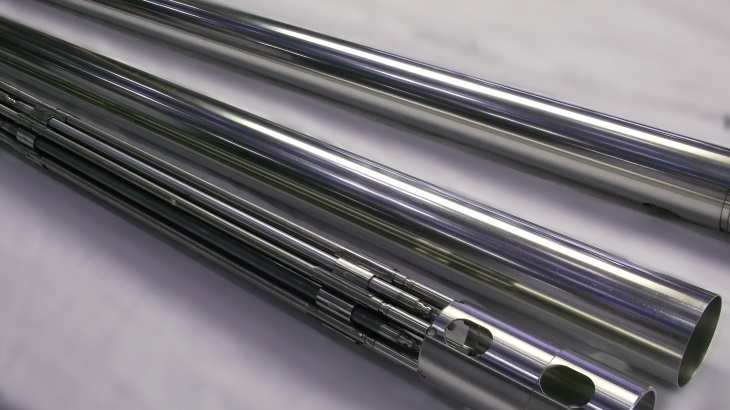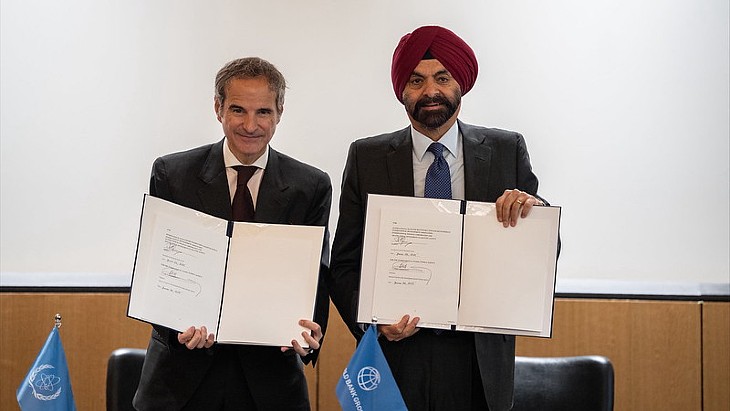Russian accident-tolerant fuel completes first tests

In January, two experimental ATF fuel assemblies with Russian VVER and Western PWR fuel rods were loaded into the water loops with the relevant water-chemical modes of the MIR research reactor. Each fuel assembly contains 24 fuel elements with four various combinations of cladding and fuel matrix materials. The fuel pellets were made of traditional uranium dioxide, as well as uranium-molybdenum alloy with increased density and thermal conductivity. Zirconium alloy with a chromium coating and chromium-nickel alloy was used as the rod cladding material.
After the first irradiation cycle, both fuel assemblies were removed from the reactor. Their preliminary examination, performed on-site by the team from the Bochvar Institute for Inorganic Materials - a TVEL research facility in Moscow - "revealed neither changes in the fuel rods' geometry, nor damage to the cladding surface", TVEL said. Several fuel rods of each fuel assembly were extracted for further post-irradiation studies, the results of which will help to determine the optimal combination of materials. Instead of the extracted fuel rods, new non-irradiated samples were installed into the fuel assemblies for further irradiation testing in the MIR reactor.
In 2020, TVEL is committed to expanding the testing programme to irradiation in a commercial reactor, Alexander Ugryumov, vice president for research and development at TVEL, said.
"In particular, we plan to load a batch of fuel assemblies with several ATF fuel rods into one of Russian operational VVER-1000 reactors. Further on, we may consider testing of some other materials for fuel pellets and rod claddings," he added.
ATF is nuclear fuel that resistant to severe beyond-design basis accidents at nuclear power plants involving the loss of coolant in the reactor. Even in the event of heat removal failure in the core, ATF is designed to maintain its integrity for sufficient time without a zirconium-steam reaction inducing hydrogen release.
"ATF is of critical importance to further elevating the integral safety and reliability of nuclear power," TVEL said.
_49098.jpg)
_57190.jpg)
_70526.jpg)
_75453.jpg)





..._58412.jpg)

